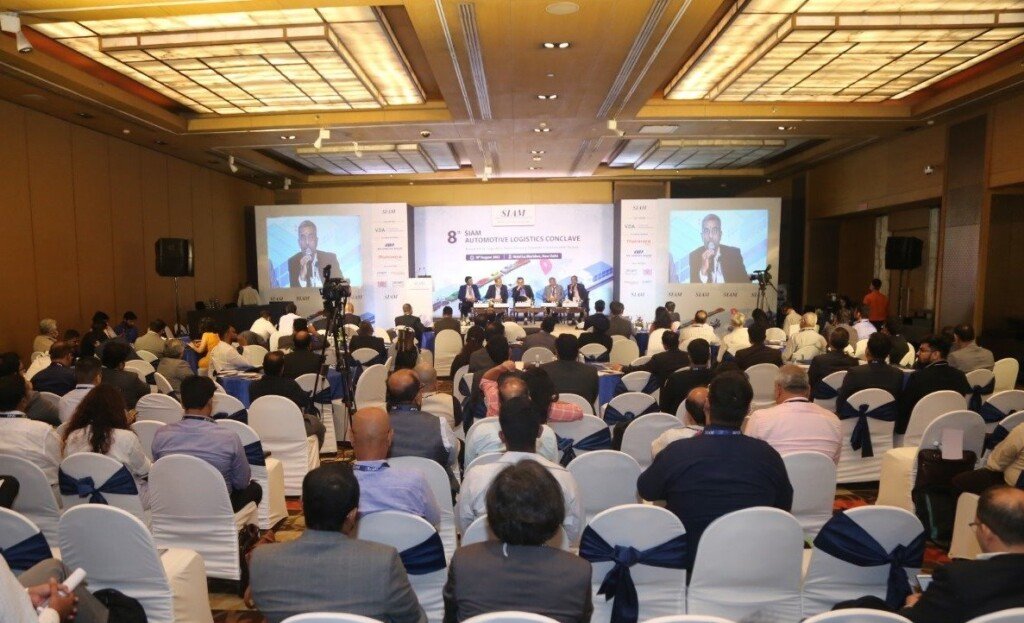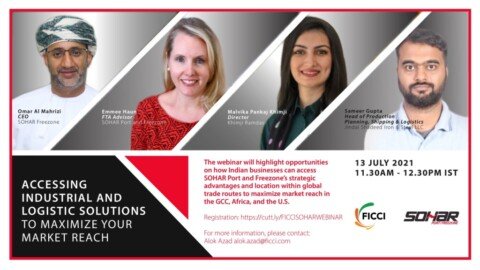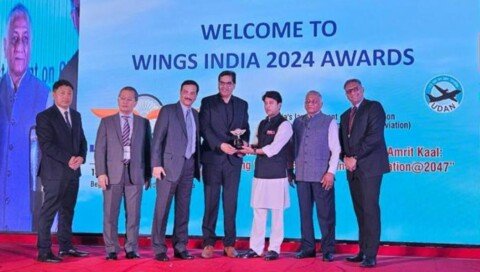Society of Indian Automobile Manufacturers (SIAM), the apex body of the automobile industry, organised the 8th SIAM conclave themed ‘Automotive Logistics: Transitioning towards a Sustainable Future’. With the focus on exploring new frontiers for transportation of vehicles, in the view of the ever-changing business environment and on improving logistics operations involving automobiles, coveted speakers which included senior government officials, logistics heads of automobile companies, and experts from the automobile supply chain deciphered the myriad ways —sustainable packaging, optimisation of routes, deploying waterways to take a substantial volume of vehicle logistics off the roads, digitalisation and lot more.
The conclave was divided into four sessions – “Leveraging Technology for Enhancing Road Transport Efficiency”, “Railways – The Road Ahead”, “Waterways – The New Frontier”, “Role of Multi-Modal Logistics Parks in Automobile Transportation”, along with a “Special Plenary Session: Path Ahead”.
Shedding light on the key elements in session 1, Rakesh K Sen, Co-Chairman SIAM Logistics Group and Vice President, Mahindra & Mahindra said, “The two factors that matter the most are Operations need to ensure reduced logistics cost, time and innovation is imperative in the ecosystem. Moving forward, sustainability is the need of the hour, and everyone needs to adopt sustainable ways.”
RS Kapoor, Senior Adviser, Maruti Suzuki said, “The automotive industry is evolving and is actively taking steps towards accomplishing sustainability. Sustainable operations, collaborations and emerging technology can further revamp the sector.”
Session 2 centered around the subject “Railways”, as one of the future solutions for logistics across India. Mudit Chandra, Executive Director (Freight Marketing), Railway Board said, “The average speed of Railways has now improved. During the lockdown, Indian Railways had also focussed on capacity enhancement. Although the availability of terminals is a major hindrance at the moment, new policies are coming in and we will see positive change in the coming year and a half.”
Session 3 panellists elaborated about Gati Shakti as an important step towards upgrading national infrastructure and multimodal connectivity, concurrently fuelling inland waterways services, while session 4 assessed India’s forward movement in developing infrastructure and creating new MMLPs across each state for increasing the efficiency of automotive supply chains, ultimately aiding manufacturing.
Sanjay Bandopadhyaya, Chairman, Inland Waterways Authority of India said, “We are handling 2% of the current modal share of inland water transport with a target of achieving 5% by 2030 and 7% by 2047. More vessels will be added that will make inland water transport more economical for operations.”
Sanjeev Patil, Vice President (Logistics), National Highway Logistics Management said, “We are working with our partners to develop 35 future-ready multimodal logistics parks across India, which can be increased to 70 as per the industry’s demand. The Bharatmala and Gati Shakti schemes have given a strong foundation to the future of MMLPs.”







